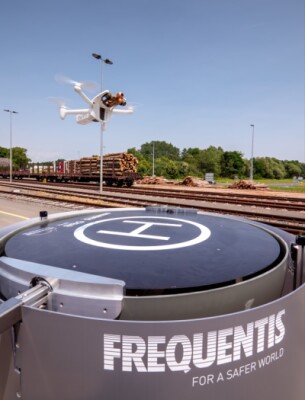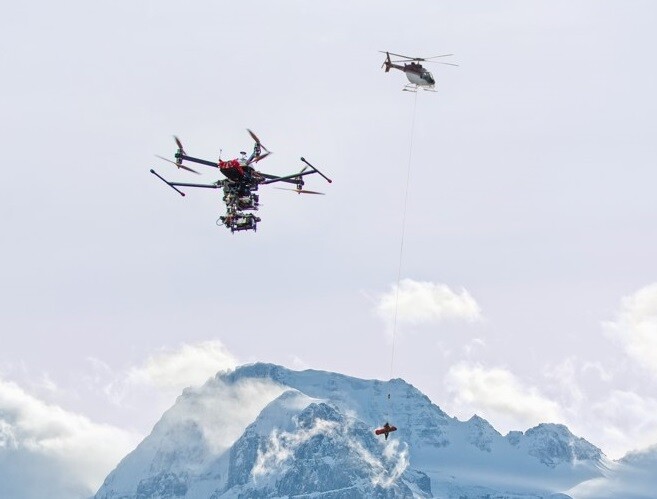Uncrewed Traffic Management (UTM) systems are key elements in the integration of crewed and uncrewed aircraft in the national airspace (NAS), and many companies are developing different approaches to this automated way of handling aerial traffic.
One of the sine qua non conditions to allow uncrewed aircraft to share the NAS with its crewed counterparts is that their presence will not add to the workload of existing air traffic controllers (ATC).  The current system is stretched thin as it is, and if we deploy non-piloted vessels to the system, it will be under the non-negotiable premise that these uncrewed aerial vehicles (UAVs) will handle themselves in an automated way that is available to ATC but not necessarily supervised by it.
The current system is stretched thin as it is, and if we deploy non-piloted vessels to the system, it will be under the non-negotiable premise that these uncrewed aerial vehicles (UAVs) will handle themselves in an automated way that is available to ATC but not necessarily supervised by it.
Of all the existing UTM proposals we have seen, one particular company caught our attention. Frequentis, based in Vienna, Austria has been developing and successfully deploying a UTM suite along with remote digital towers to handle uncrewed traffic without affecting existing crewed operations but in coordination with ATC.
We had the opportunity to chat with Roman Stickler, New Business Development Manager, and Josef Jahn, Software Architect of Frequentis, in a fascinating conversation about their technology and the various successful deployments they have around Europe.
“Frequentis focus today is the development of safety-critical control room solutions, including a UTM suite, digital (remote) tower technology, drone management, and the use of the 5G/LTE mobile communication standard in safety-critical applications,” Stickler said. “We have had successful UTM suite deployments in Estonia, Norway and Lithuania and are in conversations with multiple civil aviation authorities (CAA) to expand this deployment to other countries.”
A lot of what Frequentis’ technologies are based on is the general concept of Electronic Conspicuity (EC), which, in short, is an umbrella term for a series of technologies that in essence transmit the position of the host aircraft to other airspace users operating compatible equipment. EC devices turn the traditional “see and avoid” concept into “see, BE SEEN, and avoid.” One issue that has been clear from the beginning of the initial discussions on integration is the fact that the general aviation community has rejected the notion that existing crewed aircraft will have to add any equipment to allow UAVs to join them in the NAS. Powerful membership groups such as AOPA and NBAA are lining up lobbyists to make sure new regulations do not include equipment requirements for existing aircraft.
“Our goal is to establish constant dialogue with the different CAAs in order to deploy a system that will allow for both crewed and uncrewed aircraft to safely navigate the same airspace,” Jahn asserted. “Our u-space services are specifically designed to make sure there is safe coexistence but also making sure ATC is not required to take any non-emergency actions. We have both strategic (before takeoff) and tactical (during flight) deconfliction in our solution and every safety measure has been implemented in order to have a robust and scalable system.”
The Frequentis’ solution allows local ATC to monitor uncrewed flights in a five-kilometer radius of an airport and then provides certain functionality around a buffer zone after that.
“Uncrewed aircraft flying in these sensitive areas can receive individual alert text messages if there’s a possibility of conflict with incoming or departing aircraft,” said Stickler. “Our UTM solution is involved in the flight from the very beginning, from approving flight plans to monitoring possible conflicts and emergency handling.”
There is no doubt that the more countries in the world that implement a workable UTM the better. Only by creating a safe environment for both piloted and non-piloted aircraft and accumulating tons of data, these solutions will be considered for more crowded skies, such as Eastern Europe or the US. Regulators such as the FAA and EASA will allow these technologies in their respective NAS only when the technology has been proven to work.















Comments